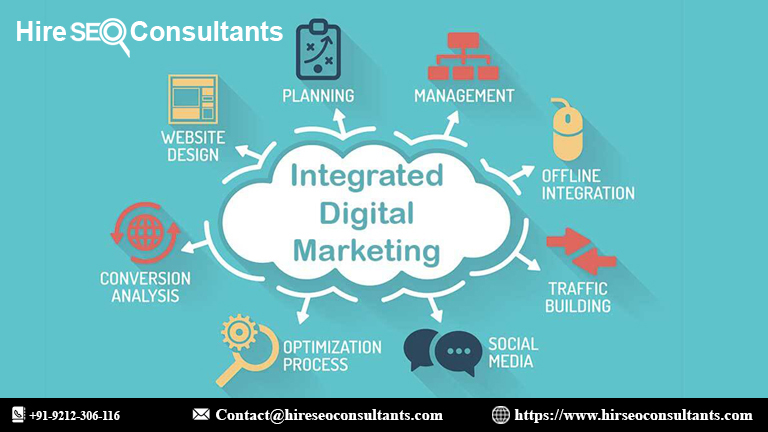Starting Your Own Coffee Business: A Step-by-Step Guide to Success
The coffee industry has grown exponentially over the past decade, making it an exciting and profitable space for entrepreneurs

The coffee industry has grown exponentially over the past decade, making it an exciting and profitable space for entrepreneurs. Opening a coffee shop or launching a coffee business requires more than just a love for brewing—it demands careful planning, creativity, and strong business acumen.
If you’ve ever dreamed of owning a café or mobile coffee cart, this guide will walk you through the process step-by-step. From planning and funding to marketing and operations, here’s everything you need to know to get started.
Why Start a Coffee Business?
Coffee is one of the most popular beverages worldwide, with millions of people consuming it daily. The industry thrives because coffee is not just a drink but an experience—whether it’s enjoyed in a cozy café or grabbed on the go. Here’s why opening a coffee business is a great opportunity:
- High Demand – Coffee consumption continues to grow, making it a stable industry.
- Flexibility – Coffee businesses come in many forms, including sit-down cafés, drive-thru kiosks, and mobile carts.
- Creative Expression – Entrepreneurs can develop unique drink menus, design inviting spaces, and create signature blends.
- Community Focused – Coffee shops often become local gathering spaces, fostering customer loyalty.
Step 1: Develop a Business Plan
A well-crafted business plan is essential for guiding your vision and securing funding. It should include:
- Concept and Theme: Define the style of your business—modern café, specialty coffee shop, or mobile cart.
- Target Market: Identify your ideal customers, such as busy commuters, college students, or remote workers.
- Menu and Pricing: List the drinks and snacks you plan to offer along with pricing strategies.
- Location Analysis: Evaluate foot traffic, visibility, and competition in potential locations.
- Financial Projections: Outline startup costs, operational expenses, and revenue forecasts.
- Marketing Plan: Detail how you will promote your business through branding, advertising, and social media.
Step 2: Secure Funding
Starting a coffee business requires an initial investment to cover equipment, supplies, rent, and staff salaries. Here are some options to secure funding:
- Personal Savings: Ideal for those who prefer to self-fund and avoid debt.
- Small Business Loans: Banks and credit unions offer loans specifically for entrepreneurs.
- Investors: Partner with investors who believe in your concept and are willing to provide funding.
- Crowdfunding: Use online platforms to raise funds through contributions from supporters.
Step 3: Choose a Location
The location of your coffee shop can make or break your business. Consider the following factors:
- Foot Traffic: Areas near offices, schools, and shopping centers tend to attract more customers.
- Accessibility: Ensure parking availability and ease of entry for customers.
- Visibility: Locations with good signage and street presence can draw more walk-ins.
- Competition: Assess nearby coffee shops and identify ways to offer something unique.
Step 4: Design Your Space
The atmosphere of your coffee shop plays a major role in attracting and retaining customers. Focus on creating a welcoming and functional layout:
- Seating Arrangements: Offer options for both solo visitors and groups.
- Lighting and Décor: Use warm lighting and comfortable furnishings to create an inviting space.
- Workstations: Organize equipment for efficiency, especially during busy hours.
- Music and Ambiance: Curate playlists that complement the vibe you want to create.
Step 5: Purchase Equipment and Supplies
Investing in quality equipment ensures that your coffee business runs smoothly. Key items include:
- Espresso Machine: The backbone of most coffee shops for brewing specialty drinks.
- Grinders: Essential for achieving fresh and consistent coffee grounds.
- Brewers: Useful for drip coffee and alternative brewing methods like pour-over and French press.
- Blenders: Necessary for smoothies and iced drinks.
- Refrigeration Units: To store milk, syrups, and pastries.
- POS System: For processing orders and payments efficiently.
Step 6: Build Your Menu
Your menu should reflect your concept and cater to your target audience. Consider these tips:
- Signature Drinks: Create unique beverages that customers can’t find elsewhere.
- Seasonal Specials: Offer rotating drinks based on seasons or holidays to keep the menu fresh.
- Dietary Options: Include dairy-free milk alternatives and sugar-free syrups to appeal to different preferences.
- Food Pairings: Add pastries, sandwiches, and snacks to complement the drinks.
Step 7: Hire and Train Staff
Your employees represent your brand, so hiring the right team is critical. Look for individuals who are friendly, hardworking, and passionate about coffee.
- Barista Training: Ensure staff members are skilled in brewing techniques, operating equipment, and crafting latte art.
- Customer Service: Teach employees how to handle orders, address complaints, and create a welcoming experience.
- Time Management: Train staff to work efficiently during peak hours without compromising quality.
Step 8: Market Your Coffee Business
Promoting your coffee shop helps you attract customers and build a loyal following. Use the following strategies:
- Social Media Marketing: Share photos, promotions, and behind-the-scenes content on Instagram and Facebook.
- Grand Opening Event: Offer free samples or discounts to draw attention on opening day.
- Local Collaborations: Partner with nearby businesses or host events to increase visibility.
- Loyalty Programs: Reward repeat customers with discounts or freebies to encourage return visits.
- Online Presence: Create a website with your menu, hours, and contact information for easy access.
Step 9: Manage Operations and Monitor Growth
Once your business is up and running, focus on daily operations and long-term growth:
- Inventory Control: Track supplies to prevent shortages or waste.
- Sales Monitoring: Use data from your POS system to analyze performance and adjust strategies.
- Customer Feedback: Encourage reviews and suggestions to improve service.
- Continuous Training: Keep staff updated on new brewing methods and menu changes.
Challenges to Expect in the Coffee Industry
Like any business, the coffee industry has its challenges. Be prepared to tackle:
- Competition: Stand out with unique offerings and excellent service.
- Costs: Manage expenses carefully, especially when sourcing premium beans and ingredients.
- Seasonality: Plan promotions for slower seasons to maintain revenue.
- Staff Turnover: Focus on employee satisfaction to reduce turnover and maintain consistency.
Conclusion
Opening a coffee business can be both rewarding and profitable with the right planning and preparation. By investing in a detailed business plan, understanding your target market, and building a strong foundation through proper training, you can turn your dream café into a reality.
Whether you’re starting a small coffee cart or a bustling café, following these steps ensures that you’re equipped to handle challenges and build a thriving business in the ever-growing coffee industry.
What's Your Reaction?


















